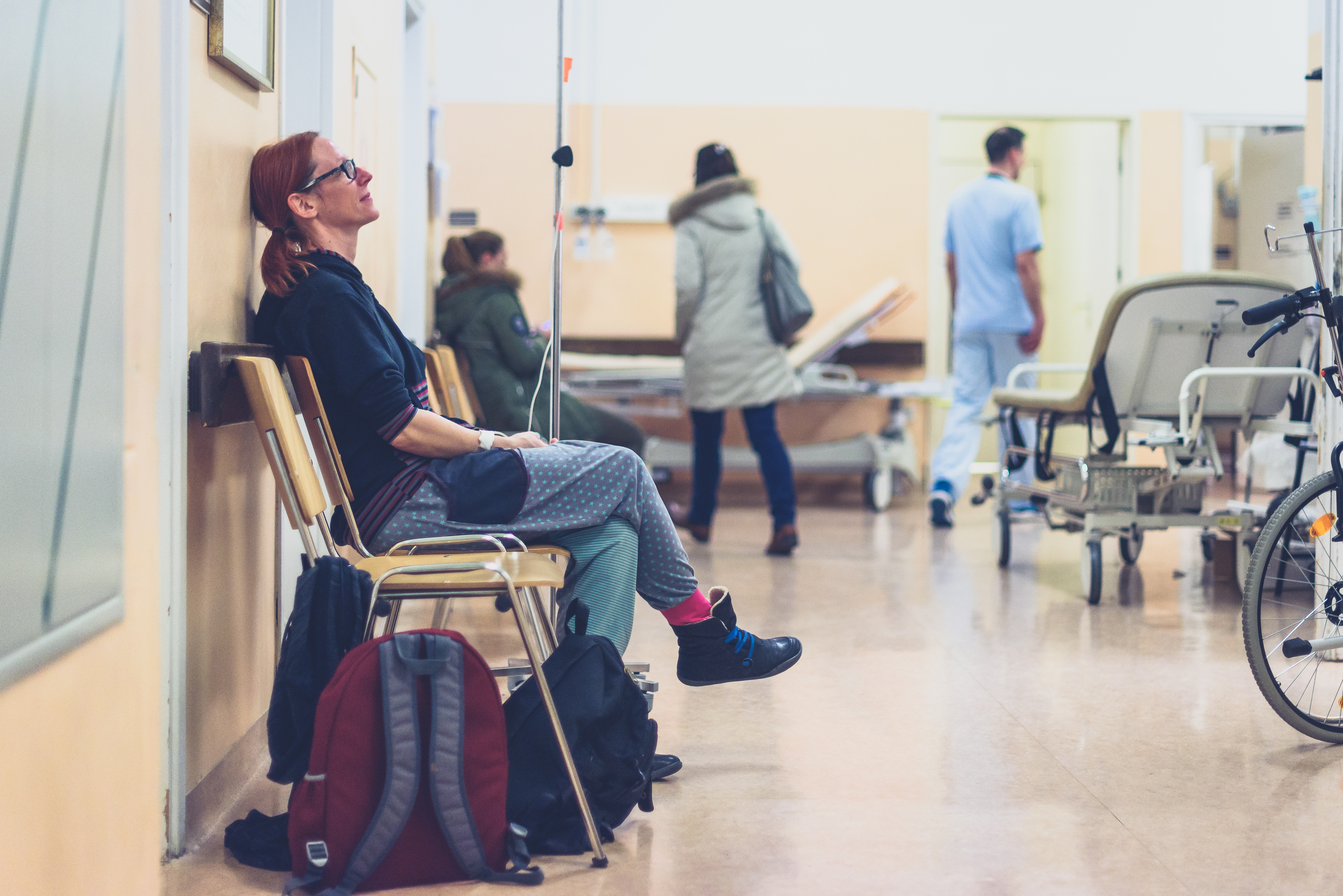
"The availability of good medical care tends to very inversely with the need for it in the population served." Julian Tudor Hart, 1971
There has been much talk of late about how to address inequalities in healthcare as the NHS tackles the mounting backlog of elective cases. Two important drivers of this conversation are worth thinking about. First, the Government’s manifesto promises on ‘Levelling-up’ provide motivation at senior level to address the problem (or at the least be seen to try). Secondly, the covid pandemic has exposed the variation in services and outcomes across the UK, perhaps more starkly than has been seen since the NHS was founded.
As always, opportunities and good intentions come with questions and caveats. Much analysis has already been done on the covid statistics to show higher morbidity and mortality in areas of social deprivation. Similarly, as the King’s Fund recently pointed out, waiting times for elective care tend to be above the national average in poorer communities. How then is this situation to be rectified, half a century since the Inverse Care Law was first put forward in the Lancet?
The current backlog now stands at around 5.7 million (slightly larger than the population of Scotland). Estimates vary about how many ‘missing patients’ are out there (those who did not come forward for treatment during the worst of the pandemic and are likely to be more acute as a result), but most agree it’s also in the millions.
The NHS Confederation briefing ‘Building back inclusively - Radical approaches to tackling the elective backlog’ is a good example of how inequality is becoming recognised as a priority. It cites the Inverse Care Law and recognises that the pandemic has made it more applicable than ever. The briefing paper offers some interesting potential solutions, some of which demand a change in thinking that is radical indeed. Not the least of these is advocating a policy of ‘proactively growing the waiting list’ and ‘promoting active waiting.’
How palatable that will be politically, remains to be seen. Finding a clear message for a public all too familiar with the traditional targets – 2 weeks, 18 weeks – may be difficult. Selling a whole new philosophy to those approaching 2 years waiting for surgery, is likely to be even harder.
Desperate situations might not always call for desperate measures, but radical thinking is always worthy of consideration. The alternative is stagnation and a total lack of progress.
The NHS Confederation also proposes greater use of early assessment tools, diagnostic hubs and places emphasis on local leadership. The fly in the ointment, as always, is the need for effective joint working between health and social care.
As is usually the case with reforming healthcare, the devil may well be in the detail when it comes to taking a new approach. The ‘how’ is still not clear. Then of course there are the obvious questions: ‘Where will the money come from?’ ‘Where do we find the staff?’ and the awkward ones: ‘what will be the effect in more affluent areas?’ ‘How do we explain to people they will need to wait longer, or travel further, for treatment?’
If the last two years have taught us anything, it is surely that innovation and creative thinking are the way to go. The vaccine roll-out, adoption of telemedicine, and rapid reorganisation of clinical operations have not been achieved without difficulties – and have not been achieved equitably. If we are finally to repeal the Inverse Care Law, radical thinking is surely necessary and radical action vital.
%20(1)%20(Small).png?width=854&height=257&name=Monmouth-Partners-white-out%20(1)%20(1)%20(Small).png)

